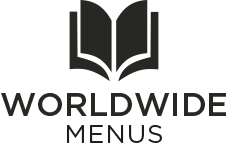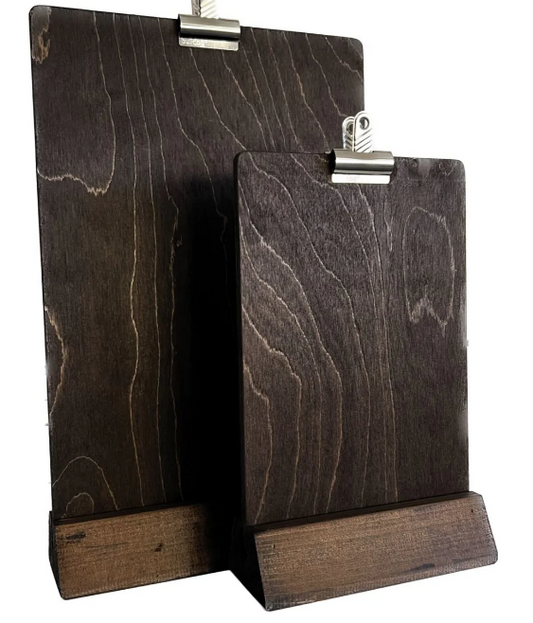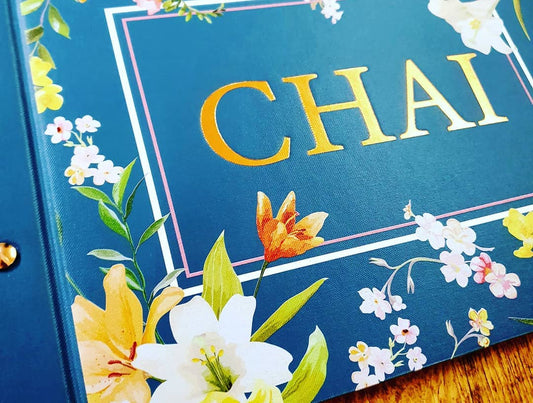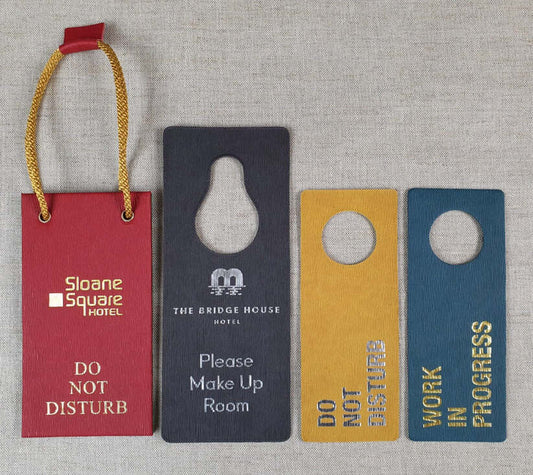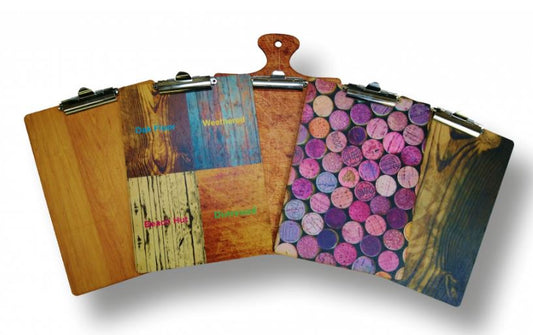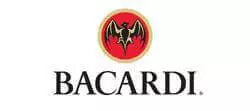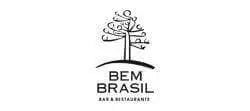The gist of a successful cafe is the menu and the ambience. There are, of course, other factors to consider, but your customers mainly need to have their comfort and gastronomic senses satiated.
Speciality coffee is the character of your establishment, but other than that, you should have a food menu. You’ll want to entice your audience to linger in your cafe, have a good time, and spend more.
Your cafe menu must therefore be well-designed. Other than building your reputation, it can spur your bottom line.
The strategy that you ought to employ in crafting your cafe menu should be unique. In that, you have to be particular about certain factors, such as the costliness and shelf life of food items.
This article provides practical tips to help you design a coffee shop food menu that avoids wasting ingredients and increase your profits.
The Menu Of Your Coffee Shop Should Be Short and Simple
It is potentially wasteful if you have a long and complicated menu. On the other hand, how about creating a menu that contains easy-to-prepare selections? Accordingly, you can train your staff to prepare each of them efficiently.
Instead of offering too much, it’s smarter to stick to a specific concept. Incorporating food management is also crucial for the environment.
1. Be Practical and Consider Your Food Ingredients
There ought to be a certain type and number of main food ingredients for your cafe menu. You can use each of them in different dishes. For instance, you can serve vegan sandwiches and avocado toast. Avocado and hummus can be added to tortilla chips and dips in the same way. Or if you have grilled chicken, you can serve them in various types of sandwiches or salads.
It’s not a good idea to include an ingredient exclusively for one dish, especially if that item isn’t very popular. It is apt to be wasted.
Essentially, your ingredients should have multiple uses, specifically those that quickly expire.
Include numerous food options for food items such as dairy, salad greens or fresh meat.
Be wary of buying ingredients with short shelf lives in volumes to be able to economise. Otherwise, see to it that you can optimally use them or cook and freeze them to be used later.
If you’re offering fruits, make sure that they are fresh instead of pre-packaged.
2. Leftover Ingredients Can Be Used
Are there likely to be leftover ingredients in your storage that are close to expiring? You can use them for stews, soups and daily specials.
Say, for example, you offer salads and sandwiches that contain fresh vegetables. How about adding a soup to your menu where you can put in the oddments? While purees and jams are mixed in pastry selections, you can also use them for glazes and fillings.
If you’re doing plenty of baking for the day, can you make them into other food items? These may be croutons, pudding, or breadcrumbs.
3. Make Sure That Portions Are Standardised
Each dish should be served in standard portions, and your staff should know about them. Maybe you can set a rule on adding a particular number of pieces of grilled chicken for every salad. Likewise, salads and sauces should be measured in cups or spoons for serving instead of just having your kitchen staff guess about it.
Through this method, you’ll be able to avoid waste by inconsistency or misusing your profits. You’ll steer clear of using too many ingredients. Accordingly, you’ll be offering quality in your food selections.
Proper accounting of your ingredients and portion servings allows you to effectively keep track of your budget, expenses and gains, too.
See: Restaurant Menu Cover Ideas
4. Serve Fresh Items In Small Amounts and Focus On What’s Popular
When launching your menu or introducing new dishes, serve them in limited reasonable amounts. Don’t risk preparing large portions and having them go to waste.
You should initially build demand for items that you’ve just started out with. Fresh items are a better offering instead of having too many choices.
It would be a bad scenario if your items are sitting all day on your display and end up getting stale. If you serve them to your guests, it will tarnish your reputation and lead to losses. Other than that, you’ll be throwing food away, which is very wasteful.
Be meticulous about watching your sales. You’ll grow that way. If a food item in your menu is not saleable, develop another one and keep on. Items that are not sold can also be made as meals for the staff, which it will appreciate.
Monitor the selections on your menu that frequently sell out and those that are ordered the least. This should guide you in updating your menu.
Every day, and by the hour, keep a close eye on the sales and the surplus products in your cafe. Eventually, you’ll be aware of the prevailing trends in your establishment on a daily and monthly basis. What the numbers say are head-on. As a result, you’ll be keen on what items to put out and what those are that don’t sell. As a coffee shop owner, you should make your business adaptable.
Neither is it a good idea to make sandwiches in advance and keep them in the fridge. Take note that bread is never stored in the fridge.
Fresh items should be served only made to order, or else simply make enough of them that will be sold before they expire. If your customers are keen, they wouldn’t like the concept of wrapped sandwiches in your cabinet. They’ll wonder when they were prepared and how long they’ve been there. They’ll have an inkling that they are old because of the plastic wrap.
Conclusion
Taking the above tips into account, you might surmise that developing a cafe menu is straightforward. The main points that you have to consider are the portion size of your selections, along with their shelf life.
It is prudent to use ingredients in multiple dishes to avoid ending up with excess food and running short of your budget.
What should be on your cafe menu are food items that are carefully and efficiently managed so that you can refrain from wasting them as well as your profits.
You may also like; Top 10 Restaurant Menu Holders of 2022
